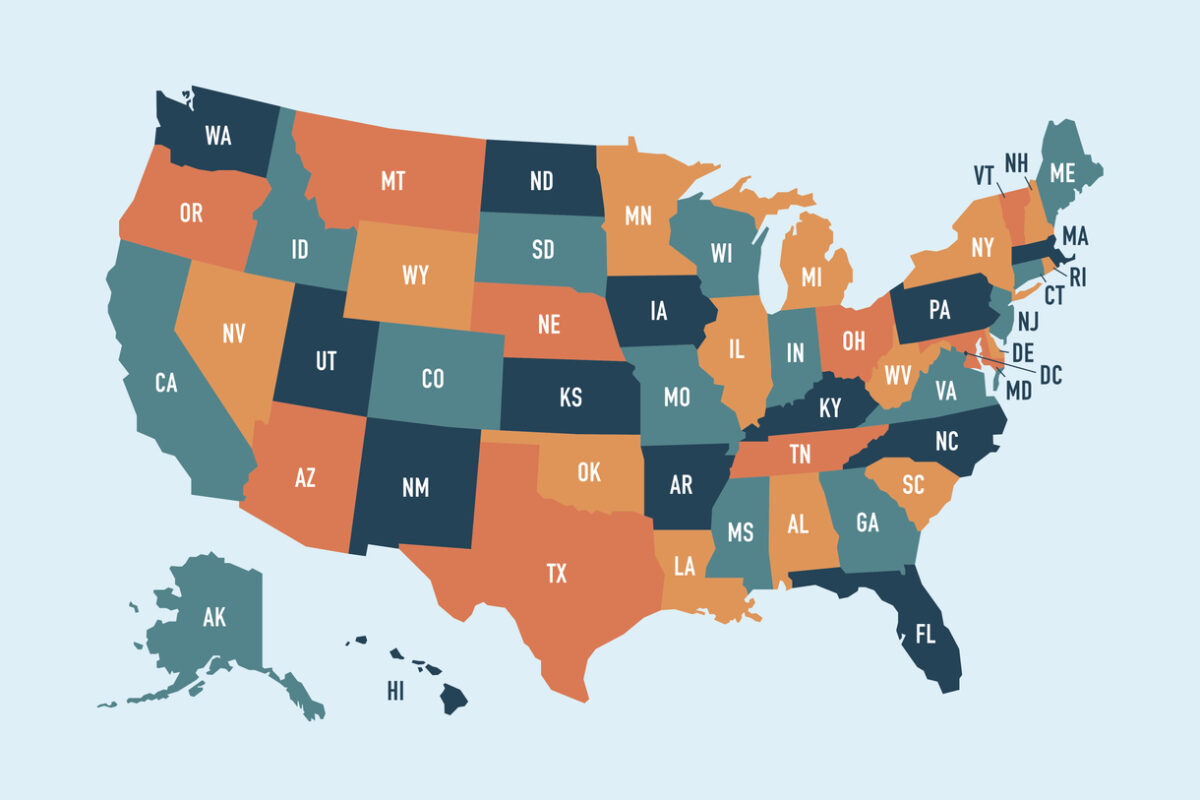Education Is a Viable Solution to the Jobs Crisis
Published Jun 20, 2014
President Obama introduced his much anticipated package aimed at boosting job creation. This announcement comes on the heels of the jobs report for August 2011, which fueled existing anxiety over what has become termed as "the jobs crisis."
Because unemployment is all too real for many Americans, President Obama's speech focused on solutions for stimulating the economy and getting more Americans back to work: Building roads, bridges, and other infrastructure projects; offering payroll tax cuts and tax breaks for businesses; providing assistance to local governments; and offering a mortgage relief program to struggling families, to name a few.
While these strategies are sound, they are only "quick fixes." If we truly want to experience long-term job and economic growth, we must first recognize that our problems are complex and require both immediate action as well as durable approaches. A strong, viable solution—that responds to both the short- and long-term needs—can be found in the increased educational attainment of more Americans.
According to a new Gallup poll (in partnership with Lumina Foundation for Education), a significant majority of the American public (69 percent) believes strongly that a college degree is essential to getting a good job. And there is evidence to support that belief. Data from the Bureau of Labor Statistics reveals that the current unemployment rate stands at 9.1 percent (14 million Americans).
But one fact stands out in the data: Individuals with a bachelor's degree or higher are significantly less likely to be unemployed than those with less education. The unemployment rate for those with a bachelor's degree or higher is 4.3 percent compared to those with a high school diploma (9.6 percent) or less (14.3 percent).
In other words, for every level of education attained, the chances of being unemployed decreases, while at the same time, personal income increases. By directly connecting our job growth efforts to investments in strengthening our educational system, we will reap benefits that will lead to a more skilled workforce and stronger economy.
We will see this through increased individual wealth, increased consumer spending, increased personal and property taxes, and decreased need for government assistance (See The Investment Payoff: A 50-State Analysis of the Public and Private Benefits of Higher Education and The College Payoff: Education, Opportunities, Lifetime Earnings for more on this).
President Obama has acknowledged that education and the economy are strongly linked. In fact, he has often said that "education is the economic issue of our time." Knowing that the president recognizes this link is encouraging. Yet, this crucial point often gets lost in discussions, and instead we become fixated on the "quick fixes" that do not address the root of the problem. While the job crisis is real, especially to the 14 million Americans who are unemployed, we must refrain from crisis thinking and work to develop solutions that do not continue to sacrifice education.
While we encourage our nation's leaders to seek solutions that help to resolve the jobs crisis, we should recognize they cannot do it alone. Higher education institutions, which have historically been centers for education and innovation, must do a better job of educating the students needed for a competitive workforce.
Colleges and universities must also be proactive in creating hubs for economic development like was done in the founding of the research triangle in North Carolina and Silicon Valley. Today, community colleges like Columbia Gorge Community College (Oregon) and South Seattle Community College (Washington) have recognized the need to train workers for their state's emergent industries.
At Columbia Gorge Community College, faculty have worked with the power industry to develop a curriculum for renewable energy and produced people trained to work in that field. South Seattle Community College offers certificate and degree programs that train students for stable careers at competitive salaries in demand industries, such as aerospace and allied health.
Other institutions, like LaGuardia Community College, are working to train and transition adult learners in need of their GED, by providing specialized instruction in addition to career planning for vocational and professional occupations (for more examples of promising practices, visit the National Coalition for College Completion).
If we intend to have a stronger, more innovative workforce, the higher education community, like our policymakers, must deliver on our commitment to students and society. None of us—the policymakers or the educational community—can afford to retreat from this commitment to America.
The time to turn around unproductive behaviors that stall innovation and growth is now. If we fail to work collaboratively and centralize the role of education in conversations about long-lasting job and economic growth, we will continue to be frustrated and our efforts will produce minimal results.
Michelle Asha Cooper, Ph.D., is the president of the Institute for Higher Education Policy, an independent nonprofit organization that is dedicated to increasing access and success in postsecondary education around the world.


